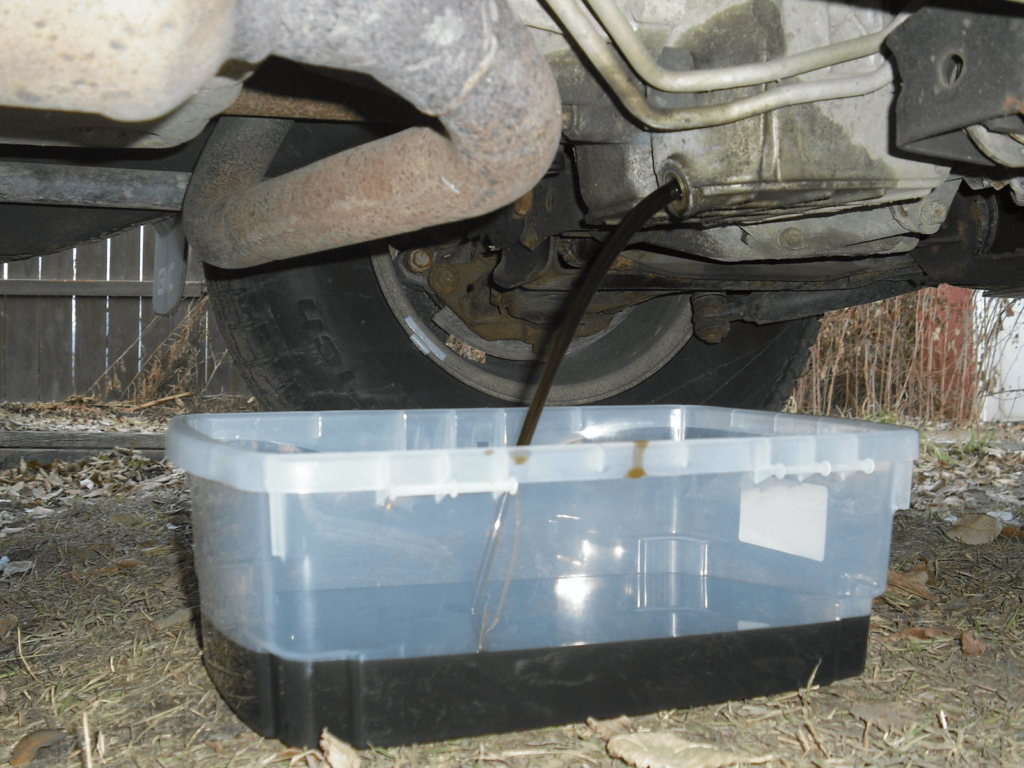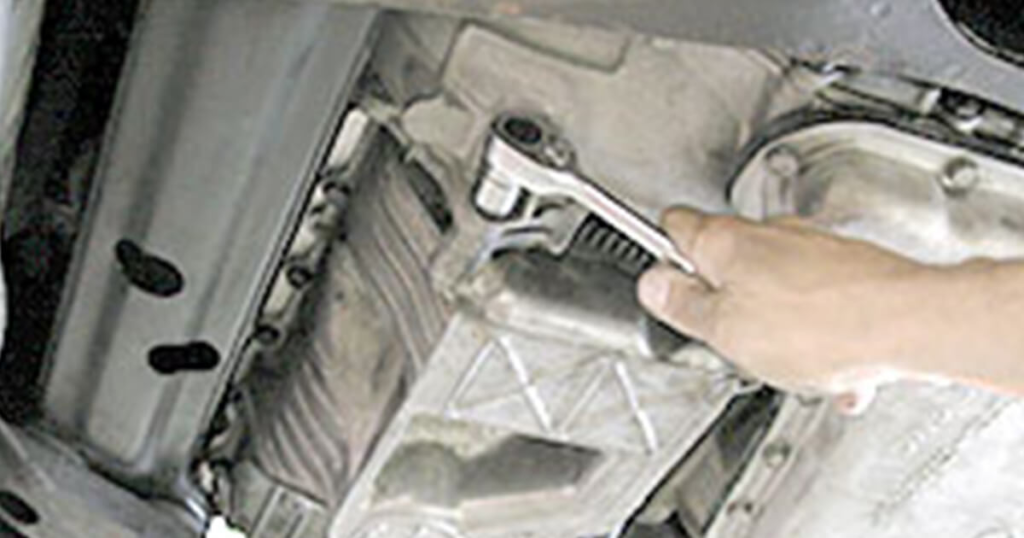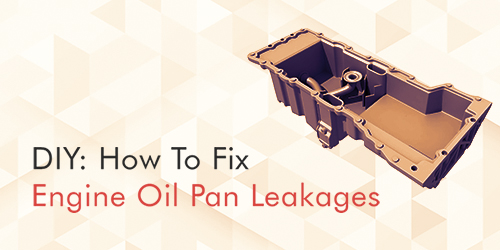Oil is considered one of the essential fluids in a car because it lubricates the internal engine components. It provides a barrier between the elements, and without its presence, the friction would increase, causing the engine parts to overheat and fail.
The oil sits in a reservoir known as the oil pan. You will find the pan bolted to the bottom of the engine block. An oil pump sips the oil from the pan and pushes into the engine oil galleys.

The most common place where an engine develops leakages is in the engine oil pan. If the leak is unfixed, it may cause your engine to run low on oil. This could lead to a catastrophic internal failure.
Oil Pan Leakages – Causes
An engine can leak oil from many different places; one of them is the oil pan. There are two common reasons for a leak from the oil pan: a damaged gasket or impact damage.
- Impact damage
The pan itself may leak if it experiences impact damage from an accident or road debris. In such a scenario, the damage will usually make a hole or crack in the oil pan. Consequently, the oil will leak out, potentially leading to significant engine damage.

- The damaged oil pan gasket
Most of the time, the oil pan gasket will wear off over time. When this happens, leaks can develop.
The oil pan gasket lies between the oil pan and the engine block. The gasket works as a seal, preventing oil from leaking between the two components.
Oil Pan Gasket Leak – Symptoms
The symptoms associated with a leaking oil pan are relatively straightforward. Here are the signs you want to look for:
- Puddle of oil under the car
Engine oil dripping under your vehicle can indicate a leaking oil pan or pan gasket. Indeed, there are many other places from which your engine could leak, so you need to determine its source.

Take a peek under your vehicle and look in the oil pan — does it look like it is leaking? If so, double-check that nothing above the pan (i.e., valve cover gaskets, timing cover, etc.) is dripping down. It will ensure that the pan isn’t leaking.
You may need to clean the engine and check everything to find the leak.
- Low level of oil
A low oil level also indicates leakages from the oil pan area. Engines can leak oil from many locations, plus they can also burn oil. Therefore, you need to look into the matter deeply before condemning the oil pan or gasket.
- Smoke or a burning smell coming from the engine
Smoke coming from the hood is always a bad thing. An engine oil leak is one of several reasons why you may see smoke.
There are cases when the oil drips on the hot exhaust, causing the oil to vaporize almost instantly.
How To Fix An Oil Pan Leakages
In most cases, to repair a leak from the engine oil pan, you need to replace the gasket or the oil pan itself. You can buy all the automobile components online at The Auto Parts Shop.
There are some instances that you get lucky by a more straightforward fix.
Oil Pan Leak Quick Repair
You might be aware that the engine oil drain plug acts as a cap for the oil pan. Every time your car gets an oil change, the plug is removed and reinstalled. Because the plug is tampered with so often, it can quickly become the source of a leak.

To fix the leak, you can often tighten the drain plug or install a new gasket behind it.
In other instances, the drain plug may be replaced. The pan may also be repaired or replaced.
Oil pan gasket – leak repair
Typically, to repair a leak from the oil pan area, you need to replace the oil pan or gasket.
It is important to note that other components must first be removed on many vehicles to gain access to the oil pan. In some instances, the entire engine needs removal to reach the pan – so make sure to consult the repair manual for your vehicle before digging in.
The following is a general outline for engine oil pan replacement on a vehicle that offers direct access to the pan.
- Prepare the vehicle
Get on on a level surface, set the parking brake, and block the rear wheels with chock. Then, lift the car safely with a jack and jack stands.
Disconnect the negative battery cable.
- Drain the oil
Place a container directly under the location of the oil pan. Remove the drain plug to drain the oil.

- Remove all the bolts of the oil pan area
Locate all the bolts that hold the oil pan to the bottom of the engine block. Then, unbolt them one by one.
Leave a few bolts at one end of the pan in place until you finish as you can use the end of the pan opposite the bolts to drain the oil and avoid a mess.
- Remove the oil pan
Finally, you can remove the oil pan. If it is stubborn, blow on it gently with a dead blow hammer or rubber mallet to release it.
- Remove the old gasket
Remove the old gasket and carefully scrape the remaining material from the engine. Clean the mounting location on the engine with solvent – the area must be spotless for the new gasket to form a good seal.
- Install the new gasket and the oil pan
After everything is clean, you can install the new gasket and the oil pan. Start by placing the gasket on top of the pan. Then, put a pair of bolts through the pan to hold the gasket in place.
Finally, thread the bolts into the motor by hand.
Once the pan is in place, you can rotate the rest of the bolts (also by hand). Next, tighten the bolts using a torque wrench.

If you reuse the old oil pan, reinstall the drain plug and tighten it to the specification.
- Refill the engine oil pan
Lower the vehicle by carefully removing the jack stands. Once you’ve done that, refill the engine with the correct amount of fresh oil.
Reconnect the negative battery cable, then start your engine and thoroughly check for leaks.
